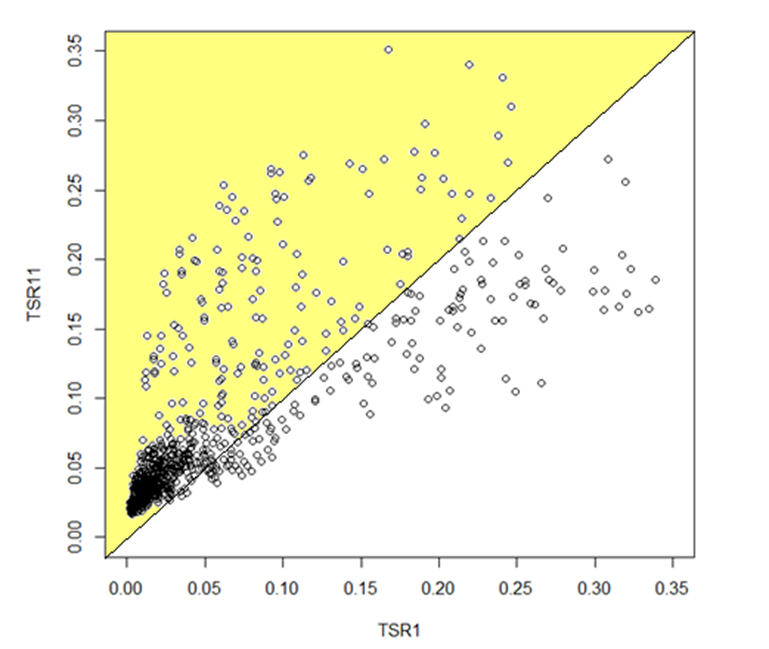Currently, in most call centres leads are randomly allocated according to which telesales representative is available at the time – either by a dialler or the head of the contact centre.

Our ways to drive sales don’t stop there. In addition to the allocation modeling described above, the leads are scored and selected accordingly resulting in the average size per deal increasing too.
It’s important to note that to be effective the models need to be updated on a regular basis. This is because each salesperson’s model changes over time – much quicker than you would think – and also the models become more predictive as time goes on.
So how can you be sure our Betterpair™ models have increased your sales? Maybe sales are up due to your new offices or the headsets you invested in?
To measure the effect that Betterpair™ has had, and to be sure that the increased sales are not the result of another factor, an agreed percentage of the matches provided are random, e.g. 70% Betterpair™ matched, 30% random. To make sure that all leads are treated the same by the salesperson (and manager), it is not possible to tell which are which. In fact, most of the time the salesperson does not know that Betterpair™ is being used (which also shows how no training is required to use Betterpair™). The Betterpair™ batch of leads are provided with a key upfront so that at the end of the calling cycle management can see which leads were Betterpair™ matched and which were random. Then, by comparing the strike rates of the Betterpair™ matched versus random leads the effect of Betterpair™ can be measured. Real, statistically significant results are achieved.
More about how Bestpair™ has helped increase call centre staff retention, as well as how you will be able to run your own models at will, is coming soon. You can also read about how your telemarketing team can work from home here.
Click on the video below for more information or schedule a quick 15 minute chat with Andrew, and let’s find out if Value-Ad can help your business.

